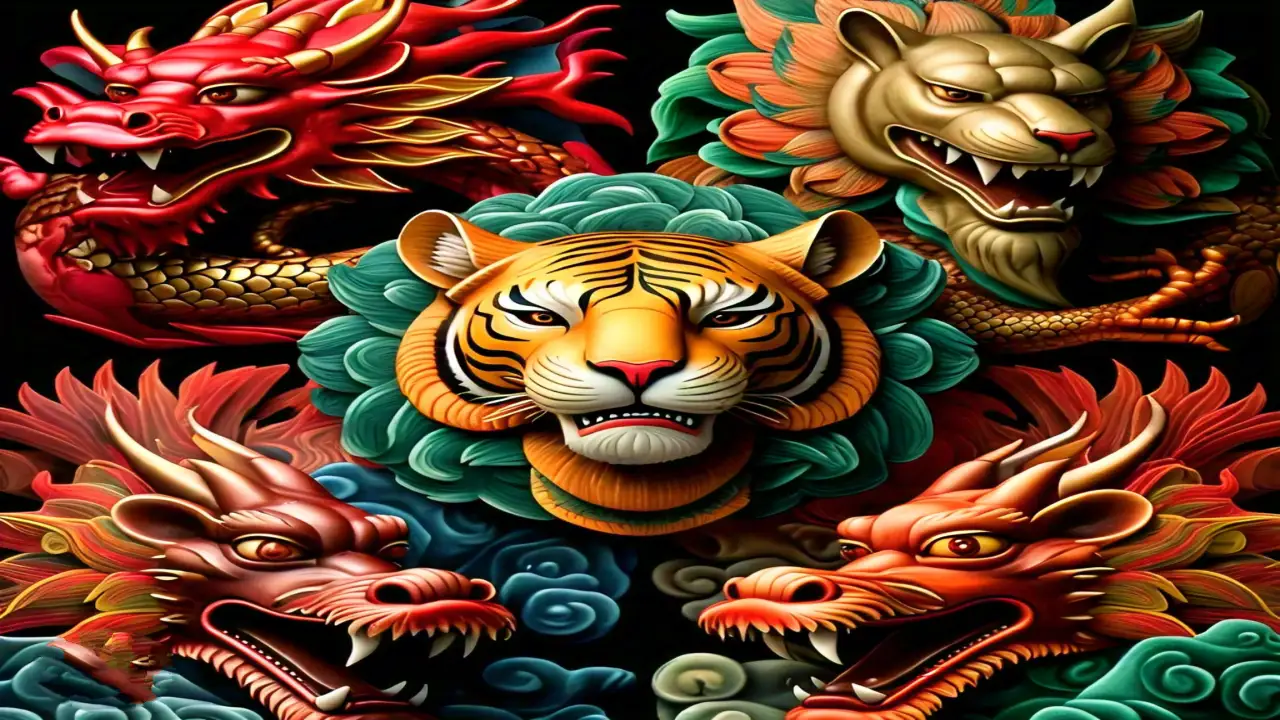Discover the Four Symbols of Chinese Constellations: A Guide
The Four Symbols of Chinese constellations are fascinating mythological creatures that represent different directions, seasons, and elements. These symbols are not just part of ancient lore; they hold significant cultural importance in various East Asian traditions. Let’s explore each of these symbols in detail.
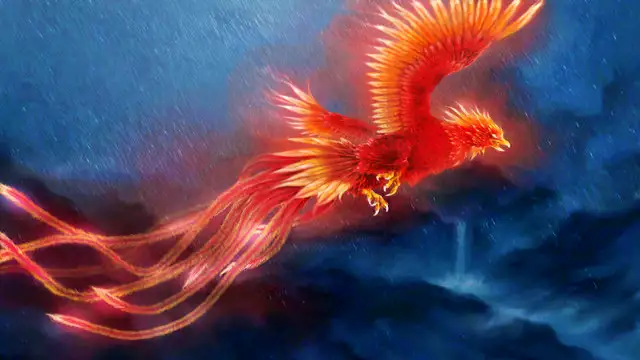
1. Suzaku – The Southern Guard
Suzaku, also known as the Vermilion Bird, is one of the Four Symbols. It represents the south, summer, and the fire element in the Wu Xing (Five Elements) system. In Japan, it is called Suzaku, while in Korea, it is known as Jujak.
Characteristics of Suzaku
Suzaku is often depicted as an elegant bird with feathers in shades of reddish-orange. It is known for its noble demeanor and selective eating habits. Many people confuse Suzaku with the Fenghuang, another mythical bird. However, they are distinct: Fenghuang is considered the king of birds, while Suzaku is a spirit creature associated with fire.
Mythological Connections
Suzaku is frequently linked to the myth of the Phoenix, symbolizing rebirth and immortality. This connection enhances its significance in various cultural narratives.
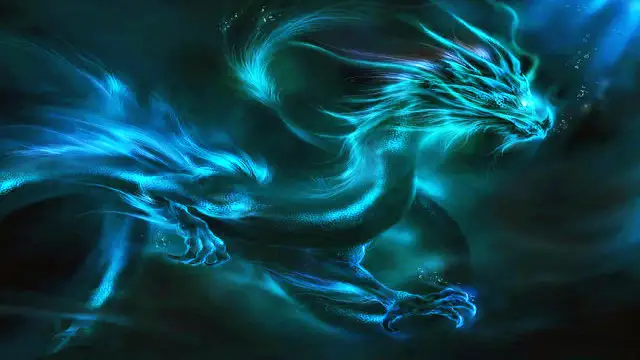
2. Seiryu – The Eastern Guard
Seiryu, or the Azure Dragon, represents the east and spring. In Japan, it is referred to as Seiryuu, and in Korea, it is called Cheongryong. This symbol is associated with the wood element in the Wu Xing system.
Cultural Significance
In Japan, Seiryu is one of the four guardian spirits protecting cities, particularly Kyoto. Each direction has its guardian: the White Tiger in the west, Black Tortoise in the north, and Vermilion Bird in the south. The Kiyomizu Temple in Kyoto features a statue of Seiryu, symbolizing its protective role.
Rituals and Celebrations
Every year, a ceremony is held to honor Seiryu, emphasizing its importance in local culture and spirituality.
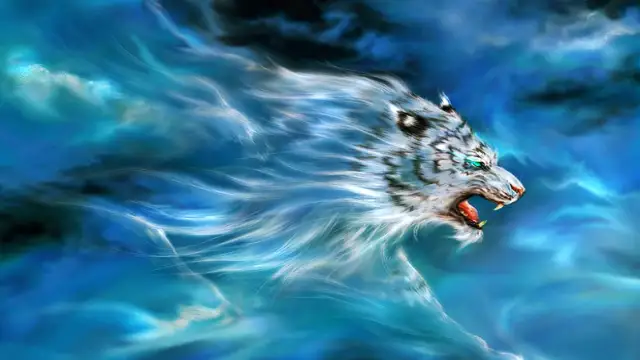
3. Byakko – The Western Guard
Byakko, or the White Tiger, symbolizes the west and autumn. Known as Baekho in Korea and Byakko in Japan, this creature represents the metal element.
Legends of Byakko
During the Han Dynasty, it was believed that a tiger could become king of all beasts after living for 500 years, turning its tail white. This belief led to the White Tiger becoming a symbol of peace and virtue. It is said that Byakko appears only when a ruler governs with absolute virtue.
Historical Connections
In the Book of Tang, Byakko is linked to historical figures, suggesting that its spirit lives on through legendary heroes. This connection adds depth to its mythological status.
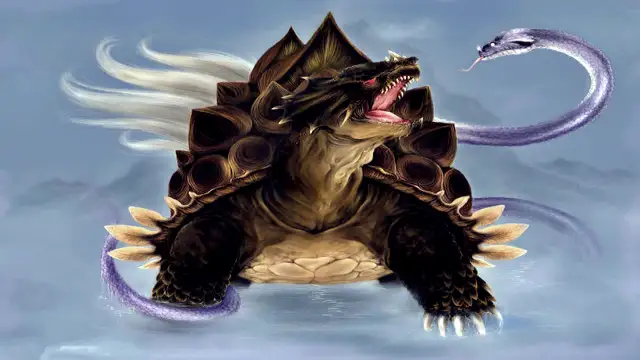
4. Genbu – The Northern Guard
Genbu, or the Black Tortoise, represents the north and is associated with water. Its name combines “Xuan,” meaning “fuzzy,” and “wǔ,” meaning “fighters,” referring to its protective shell.
Unique Depiction
Genbu is often depicted as a tortoise entwined with a snake, symbolizing the union of strength and wisdom. This imagery reflects ancient beliefs about the balance of nature and the universe.
Symbolism and Astrology
As the largest animal totem in northern astrology, Genbu governs fertility, mortality, and longevity. Its significance in the zodiac highlights its role in guiding life cycles.
Conclusion
The Four Symbols of Chinese constellations—Suzaku, Seiryu, Byakko, and Genbu—are rich in meaning and cultural significance. Each symbol represents unique elements, directions, and seasons, contributing to the tapestry of East Asian mythology. Understanding these symbols not only enriches our knowledge of ancient cultures but also connects us to the timeless stories that continue to inspire.
FAQs About the Four Symbols
What do the Four Symbols represent?
They represent the four cardinal directions, seasons, and elements in Chinese mythology.
How are Suzaku and Fenghuang different?
Suzaku is a spirit creature associated with fire, while Fenghuang is considered the king of birds.
What is the significance of Seiryu in Japan?
Seiryu is a guardian spirit that protects cities, especially Kyoto.
Why is Byakko associated with peace?
Byakko appears only when a ruler governs with virtue, symbolizing harmony.
What does Genbu symbolize in astrology?
Genbu symbolizes fertility, longevity, and the balance of nature, representing the northern direction in the zodiac.
Are the Four Symbols connected to any festivals?
Yes, various festivals and ceremonies are held to honor these symbols, particularly in regions like Japan and China, where they are celebrated for their protective and auspicious qualities.
How do the Four Symbols influence modern culture?
The Four Symbols continue to inspire art, literature, and popular culture, appearing in various forms of media, including anime, video games, and traditional festivals.
What elements do the Four Symbols represent?
Suzaku represents fire, Seiryu represents wood, Byakko represents metal, and Genbu represents water.
Can the Four Symbols be found in other cultures?
While they are primarily rooted in Chinese mythology, similar concepts of guardian spirits and elemental representations can be found in other cultures, showcasing a universal fascination with nature and protection.
How do the Four Symbols relate to Feng Shui?
In Feng Shui, the Four Symbols are used to enhance the energy of spaces, with each symbol corresponding to specific directions and elements that can influence harmony and balance in the environment.

